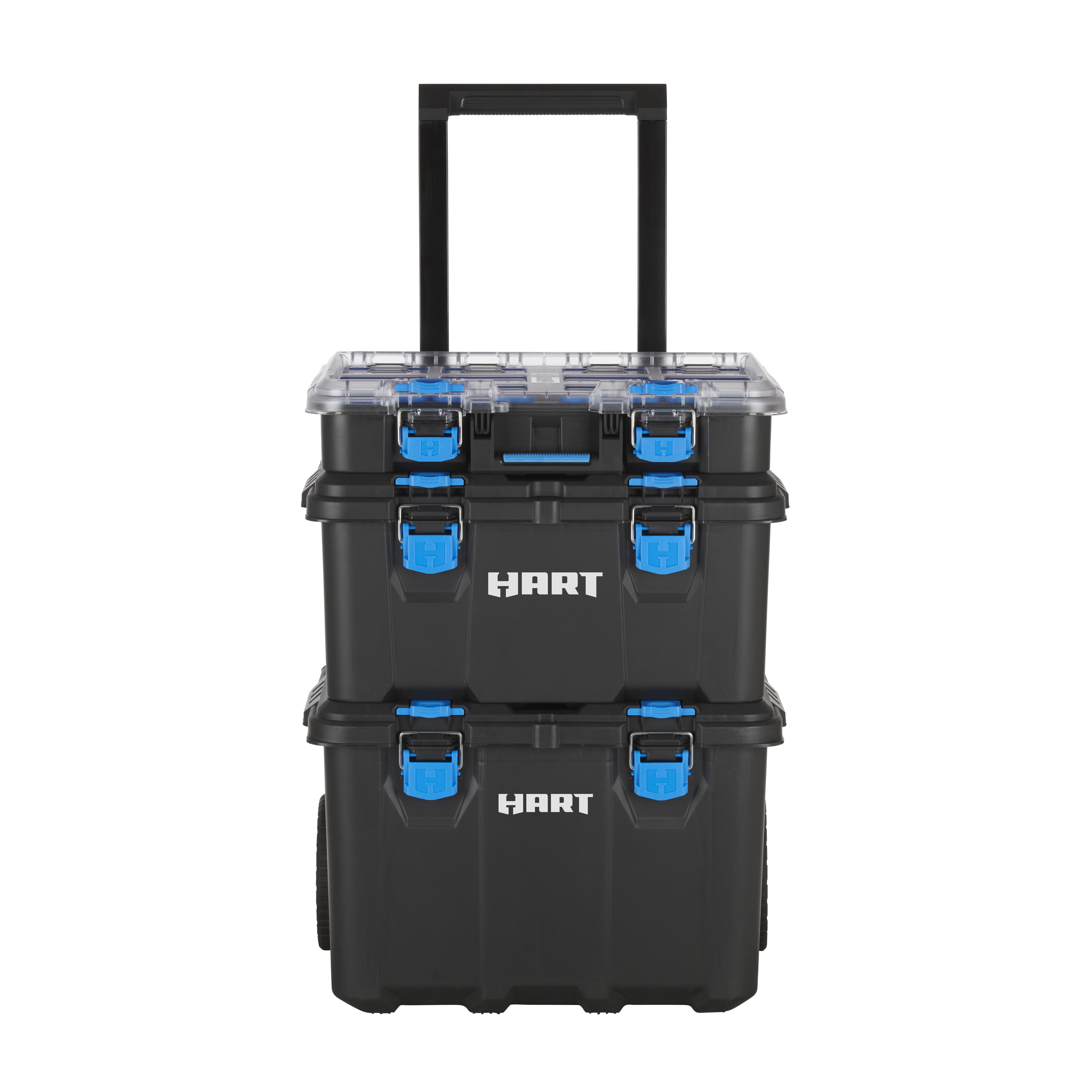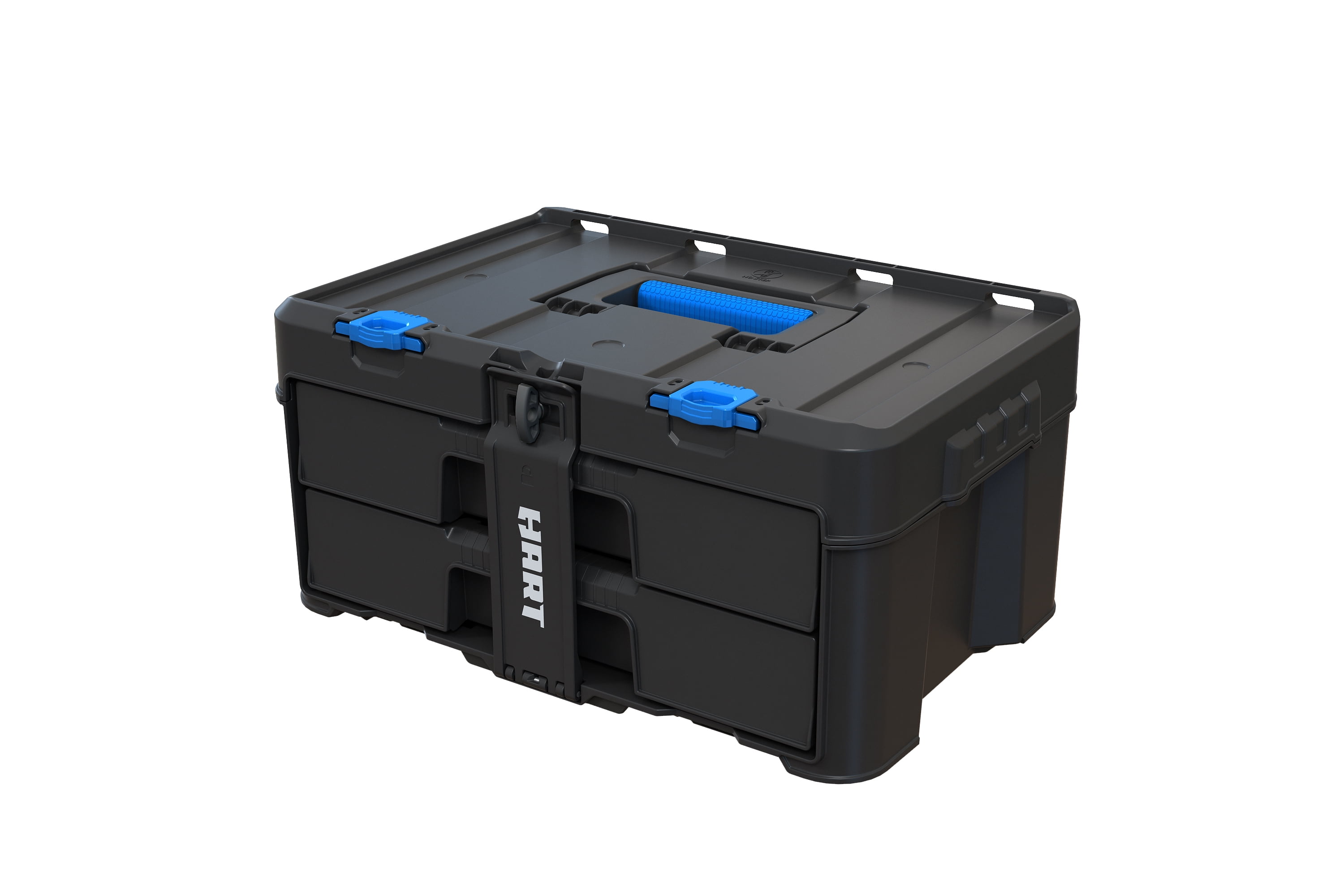Mastering The Hart Stack System For Optimal Performance
The Hart Stack System has emerged as a groundbreaking approach to data storage, organization, and management, revolutionizing the way we deal with large-scale information processing. This innovative system is designed to optimize efficiency, reduce redundancy, and ensure seamless data integration, making it an essential tool for industries across the board. Whether you're managing a corporate database or handling personal projects, the Hart Stack System provides a structured yet flexible framework to enhance productivity and minimize errors.
At its core, the Hart Stack System is built on a hierarchical structure that allows for efficient classification and retrieval of information. This structured approach not only improves accessibility but also ensures data integrity, making it easier to navigate even the most complex datasets. By combining advanced algorithms with user-friendly interfaces, the Hart Stack System bridges the gap between technology and usability, catering to both tech-savvy users and beginners alike.
In this detailed guide, we will delve into every aspect of the Hart Stack System, from its foundational principles to its real-world applications. Whether you're a developer, data analyst, or simply curious about the system, this article will equip you with the knowledge and tools needed to harness its full potential. By the end, you'll understand why the Hart Stack System is more than just a buzzword—it's a transformative methodology shaping the future of data management.
- Aek Athens A Powerhouse In Greek Football And Beyond
- All About San Elijo Middle School A Hub Of Academic And Community Excellence
Table of Contents
- What is the Hart Stack System?
- How Does the Hart Stack System Work?
- Key Components of the Hart Stack System
- What Makes the Hart Stack System Unique?
- Benefits of Using the Hart Stack System
- Common Applications of the Hart Stack System
- How to Implement the Hart Stack System?
- Challenges and Solutions in the Hart Stack System
- Can the Hart Stack System Be Customized?
- Comparison with Other Data Management Systems
- Best Practices for Using the Hart Stack System
- Future of the Hart Stack System
- Frequently Asked Questions
- Conclusion
What is the Hart Stack System?
The Hart Stack System, at its essence, is a meticulously designed framework aimed at organizing and managing data in a layered and hierarchical manner. It integrates modern algorithms with intuitive design principles to create a system that is both functional and adaptable. Originally conceptualized to address the growing complexities of data management, the Hart Stack System has since evolved into a versatile tool used across various industries.
Origins and Evolution
The Hart Stack System was developed in response to the increasing volume of data generated in the digital age. As traditional data management systems struggled to keep up with the demand for scalability and efficiency, the Hart Stack System introduced a novel approach that prioritized both structure and flexibility. This system's name, "Hart Stack," reflects its layered architecture, where each "stack" represents a distinct level of data categorization.
Who Can Benefit from the Hart Stack System?
From small businesses to multinational corporations, anyone dealing with large-scale data can benefit from the Hart Stack System. Its applications extend to fields such as finance, healthcare, education, and e-commerce. By streamlining data processing and reducing redundancy, the system enables organizations to achieve their operational goals more effectively.
- Agua Caliente Casino Palm Springs A Premier Destination For Entertainment And Luxury
- All You Need To Know About Z101 Gobierno De La Mantildeana En Vivo Hoy
How Does the Hart Stack System Work?
The Hart Stack System operates on a principle of layered data organization, where each layer serves a specific function. This hierarchical structure ensures that data is not only stored systematically but also retrieved efficiently. Let’s break down the core mechanisms that make this system work.
Layered Architecture
The system is divided into multiple layers, each representing a specific aspect of data management:
- Input Layer: This is where raw data is collected and entered into the system.
- Processing Layer: Algorithms process the input data, ensuring it is cleaned, validated, and structured.
- Storage Layer: Processed data is stored in databases or cloud storage systems, organized into distinct stacks for easy retrieval.
- Output Layer: Data is presented to users through dashboards, reports, or APIs, depending on the requirements.
Integration with Existing Systems
One of the standout features of the Hart Stack System is its compatibility with existing data management platforms. Through APIs and middleware, the system can seamlessly integrate into an organization's current infrastructure, minimizing disruption and maximizing efficiency.
Key Components of the Hart Stack System
Understanding the key components of the Hart Stack System is essential for anyone looking to implement or optimize it. Here are the core elements that define its functionality:
Data Lakes and Warehouses
Data lakes and warehouses form the backbone of the Hart Stack System, providing the storage capacity needed for large datasets. While data lakes store raw, unprocessed data, warehouses focus on structured, processed data ready for analysis.
Advanced Algorithms
Advanced algorithms are at the heart of the system, enabling tasks such as data cleansing, validation, and categorization. These algorithms ensure that data integrity is maintained throughout the process.
User Interfaces
The system's user-friendly interfaces make it accessible to users of all technical levels, from IT professionals to business executives. Dashboards, reporting tools, and visualizations are designed to facilitate easy interaction with the system.
What Makes the Hart Stack System Unique?
Several features set the Hart Stack System apart from traditional data management systems:
- Scalability: The system can handle varying data volumes, making it suitable for both small-scale and enterprise-level applications.
- Flexibility: Its modular design allows for customization based on specific organizational needs.
- Efficiency: By reducing redundancy and streamlining processes, the Hart Stack System improves overall productivity.
Real-World Examples
Organizations across industries have successfully implemented the Hart Stack System to achieve their data management goals. For instance, a healthcare provider may use the system to organize patient records, while an e-commerce company might employ it to manage inventory and customer data.
Frequently Asked Questions
Here are answers to some common questions about the Hart Stack System:
- What industries can use the Hart Stack System?
Virtually any industry that deals with data can benefit, including healthcare, finance, education, and retail. - Is the system easy to implement?
Yes, with proper planning and resources, the Hart Stack System can be integrated seamlessly. - What are the costs involved?
The cost depends on the scale and complexity of implementation. - Can small businesses use it?
Absolutely, the system is scalable and can be tailored to fit small businesses. - What are the security features?
The system includes robust encryption and access controls to ensure data security. - Does it support cloud integration?
Yes, the Hart Stack System is fully compatible with cloud storage solutions.
Conclusion
The Hart Stack System represents a significant advancement in data management, offering a structured, scalable, and efficient framework for organizations of all sizes. By understanding its components, functionality, and applications, you can leverage this system to achieve your data management goals. As data continues to grow in complexity and volume, the Hart Stack System stands out as a reliable and innovative solution for navigating these challenges.
- Top Reasons To Visit Mohonk Mountain Resort A Complete Guide
- Why Dukes In Huntington Beach Is The Ultimate Coastal Dining Experience

Walmart HART Stack System, Mobile Tool Box for Storage and

Hart Stack System Two Drawer Unit, Small Tool and Parts Storage, Black